Gun Review: The Walther PDP Pro Competition Pistol – Born to Run Fast
By Allen Folkner, GunBroker.com Editor
From duty carry to the competition field, the Walther PDP Pro is built for performance
Author: Allen Forkner, GunBroker.com Editor
When it comes to ergonomics in a handgun, Walther Arms has excelled since the introduction of the P99 in 1994. The fit and control placement has, by and large, been thought out and comfortable for a wide range of shooters. The new Walther PDP Pro is no exception. In fact, it takes fit and function to a whole new level. With a variety of frame sizes, interchangeable back straps and even models designed for smaller-framed people, the PDP family may hold the title of the most comfortable handgun in the hand.
Where the PDP truly excels, however, is in the trigger. While Walther has gotten clever with fully cocked strikers, slide-mounted decocking buttons and all sorts of ideas in the past, it wasn’t until the PPQ M2 series and its steel-framed variants, that Walther came with a factory trigger that could be called exceptional. This carried over into the PDP, but peaked in the PDP Pro, which we had the chance to test.
Walther PDP Pro 4.5-inch – Ergonomics Fits the Hands
Our test model was the 4.5-inch PDP Pro, with a flat dark earth frame. Visually appealing, the PDP Pro also has the fantastic ergonomics you’d expect from a Walther. But the company has taken it beyond mere comfort. The bottom of the grip, where the pinky finger lies, has been shaped to help bring red-dot optics into line with the eye more easily. For many shooters new to an RDS, chasing the dot can be a frustrating activity. Easily overcome with some training, the contour near the mag well is shaped to keep the dot in line with the eye.
In testing, it was hard for me to verify, as I have spent hundreds of hours shooting RDS-equipped guns. For what it’s worth, the PDP Pro presented the dot right into my vision as expected with no real learning curve, so there may be something to the grip shape. This is all great news, as the PDP Pro really is, in my simple opinion, designed to be a red-dot gun first and foremost.
Billed as the professional’s version of the PDP, the PDP Pro features a threaded barrel, huge mag well and a flat-faced trigger. These additions are all popular modifications in both the tactical and competitive shooting arenas. Where the competitive side starts to win out, however, is in the iron sights.
Related Videos: Walther PPK & James Bond | No Lowballers Podcast Episode 22
Iron Sights Versus Red Dot
The iron sights are really quite good with an asterisk. A thin front blade and generous rear notch are hallmarks of competition sights, a feeling augmented by their adjustability. The one pause I have is that the adjustable factory sights are not night sights, merely daylight three-dot.
The popular belief is that adjustable sights are great for the match, but for a proper fighting pistol they are too delicate. And for me, the lack of night sights are simply a non-starter in the tactical world. Easily changed, a good set of Trijicon or Ameriglo tritium sights would be the first modification I’d make before this became a duty or carry pistol.
And that’s why I believe the PDP Pro was intended to be a host for a red dot sight since it was on the drawing board. Because the pistol is exceptionally accurate and easy to shoot with irons, but the addition of a dot really brings the PDP Pro to life.
I installed a Leupold DeltaPoint Pro, mainly because I had it on hand and it seemed fitting to put Pro on Pro. The PDP Pro utilizes the same adapter plate technology as many other brands, and I had my Leupold plate within a week of ordering it. The first one is free, but additional plates can be ordered through Walther’s website.
I admit, the DeltaPoint Pro sits mighty high, but that’s due to the design of the dot. With a wide range of smaller, lower profile dots on the market it would be easy to find one with a lower relationship to the bore axis.
After a quick zero at 10 yards, I went to work seeing what kind of accuracy I could get out of the PDP Pro and its fantastic flat-faced trigger.
On an 8-inch steel plate, I was able to move from 7 yards back to almost 45 yards (limit of the range) and still keep my hits on target. The ergonomics paired with the clean, crisp trigger made the PDP Pro one of the best guns I’ve shot in years.
Mag Wells Matter
Mag wells are another competition feature that has taken hold in the tactical community. For non-concealed guns, larger mag wells are a smart addition as they make reloads, especially those done under stress, much easier, faster and more sure.
But, the issue I’ve had with many mag wells is the fit. There always seems to be bit of a catch at the seam of the mag well and the pistol frame. Rarely is this significant enough to hang up a reload, but it’s still a speed bump that I find distracting.
There is no such bump with the PDP Pro. If you get the lips of the magazine anywhere near the mag well, it drives home without a single hiccup. I had to work hard to mess up a reload under speed, it’s that good.
Other features include the factory threaded barrel, which are becoming table stakes in the tactical pistol world. But the 5.1-inch barrel allows for a longer sight radius and complete burn of powder, which helps with the exceptional accuracy I experienced. As with most threaded pistol barrels, I found the need to add a high temp o-ring to prevent the thread protector from coming loose every five to 10 rounds.
New SuperTerrain Slide Serrations do make for an incredibly grippy surface from which to operate the slide, but I’m curious to see what they will do over time to holsters as they are super-aggressive. There’s a small part of me that wanted to see if I could cut down a sapling using the serrations.
The Pro comes with three 18-round magazines, including extended basepads to work with the mag well. When ordering additional magazines, PDP Pro owners need to be sure they order the models with the basepads, as the standard mags and the mag well don’t get along.
Carrying the Walther PDP Pro
One of the beauties of the PDP line, is that they all share the same holster footprint. This means the Crossbreed I had on hand for the slim F-Series PDP worked great with the 4.5-inch Pro. Granted, with the big ol’ mag well it doesn’t make for the best IWB gun, but with fall and winter weather approaching, it was doable under a hoodie.
The PDP Pro really is more at home in a race/duty rig like those from Safariland or Comp-Tac. I went with my usual choice and ordered an International from Comp-Tac. Working from a race holster really brought the ergonomics to the forefront. The wonderfully designed grip makes it automatic to establish that strong master grip, which made very fast shots from the holster.
Watch More GunBroker.com Videos
Gun Review of the Walther PDP Pro Summary
Overall, the entire PDP line is an impressive family from Walther. The mix of interchangeability and unique features makes for a well-thought-out line that covers about every need. At the head of this family table, sits the PDP Pro as the ultimate expression of a professional’s gun, right from the factory.
Related Videos: Walther WMP (Walther Magnum Pistol) [Video]
Related Articles: The Walther Arms PD380; Power, Portability and Low Recoil
Related Articles: Gun Review: The Walther PPK/S – Truly a Classic Carry Option
Related Videos: Walther P99 AS Final Edition
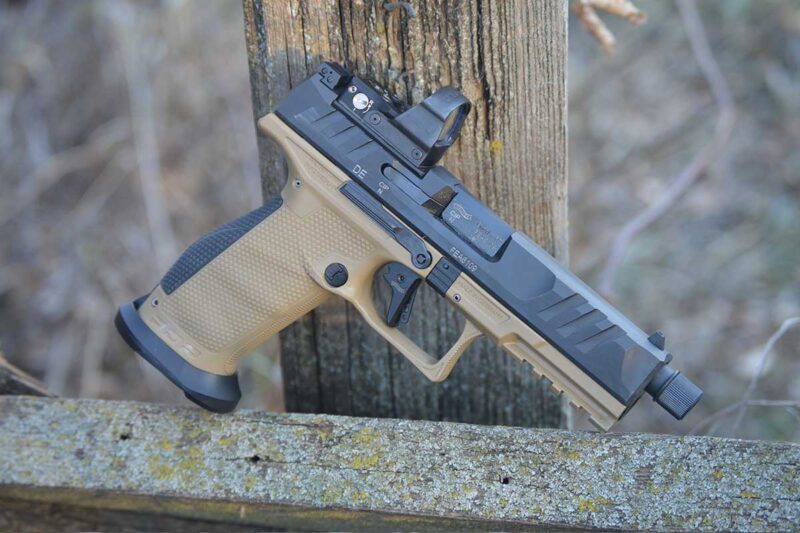









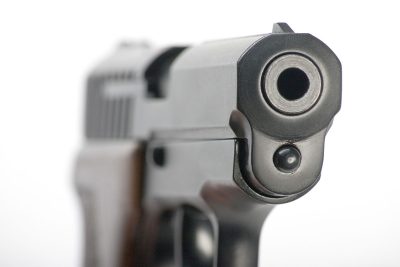
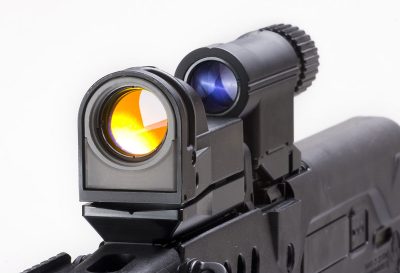

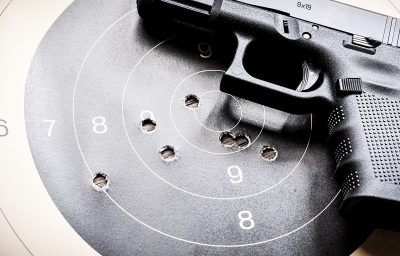



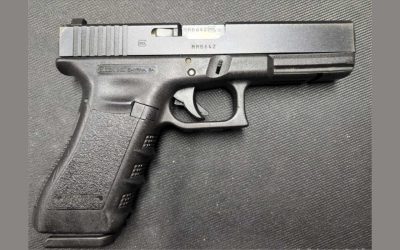
![Gun Review: Remington 700 XCR Rifle [Video]](https://qacontent.gunbroker.com/wp-content/uploads/2020/02/7ch4EUa1-1280-400x225.jpg)
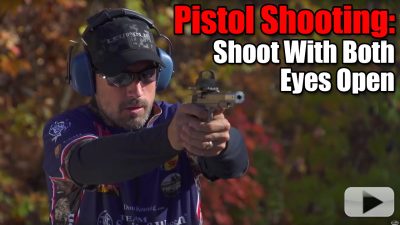
![[Video] The History of Walther Arms](https://qacontent.gunbroker.com/wp-content/uploads/2020/04/ovxaRoYO-1280-400x225.jpg)
